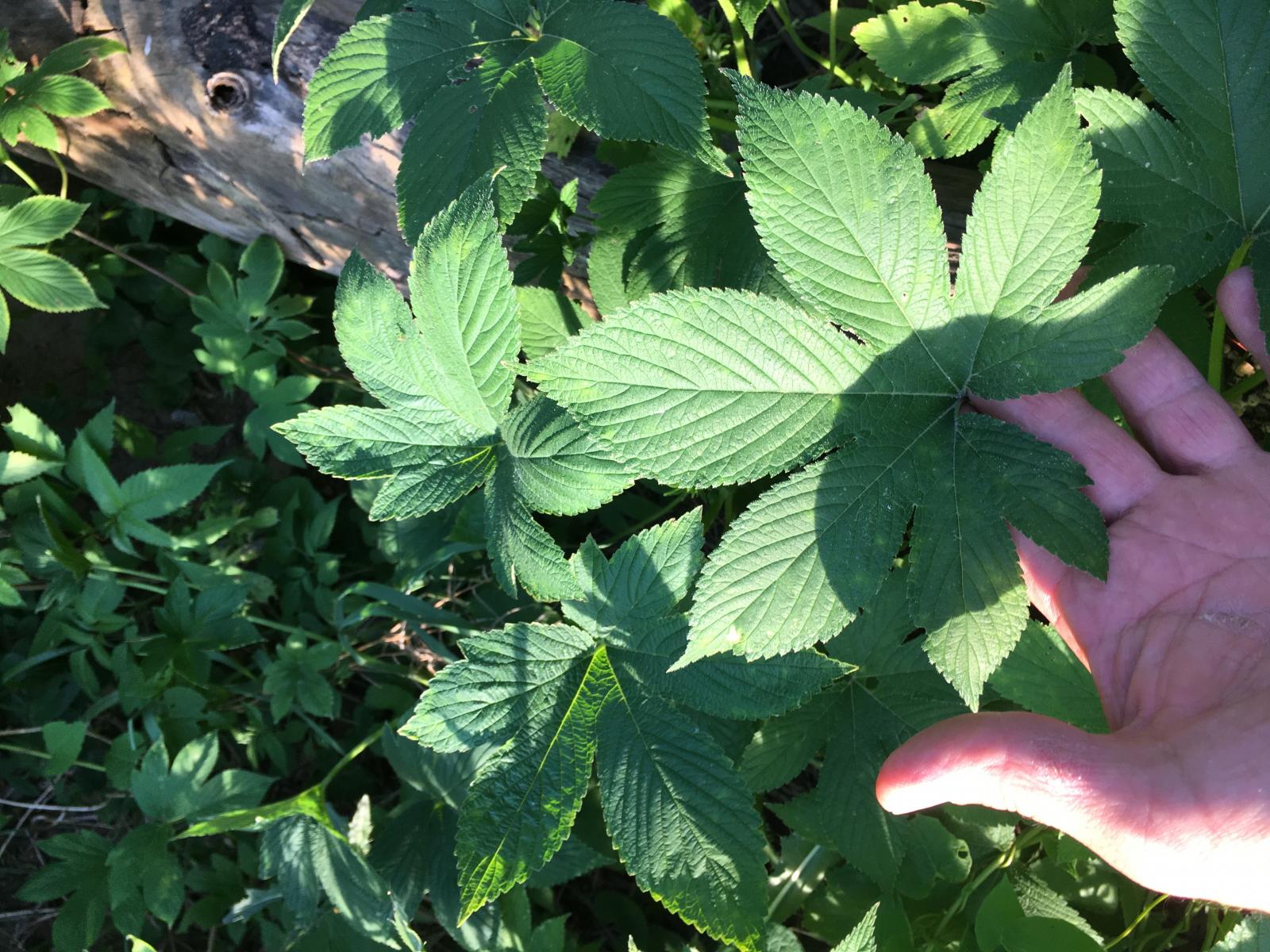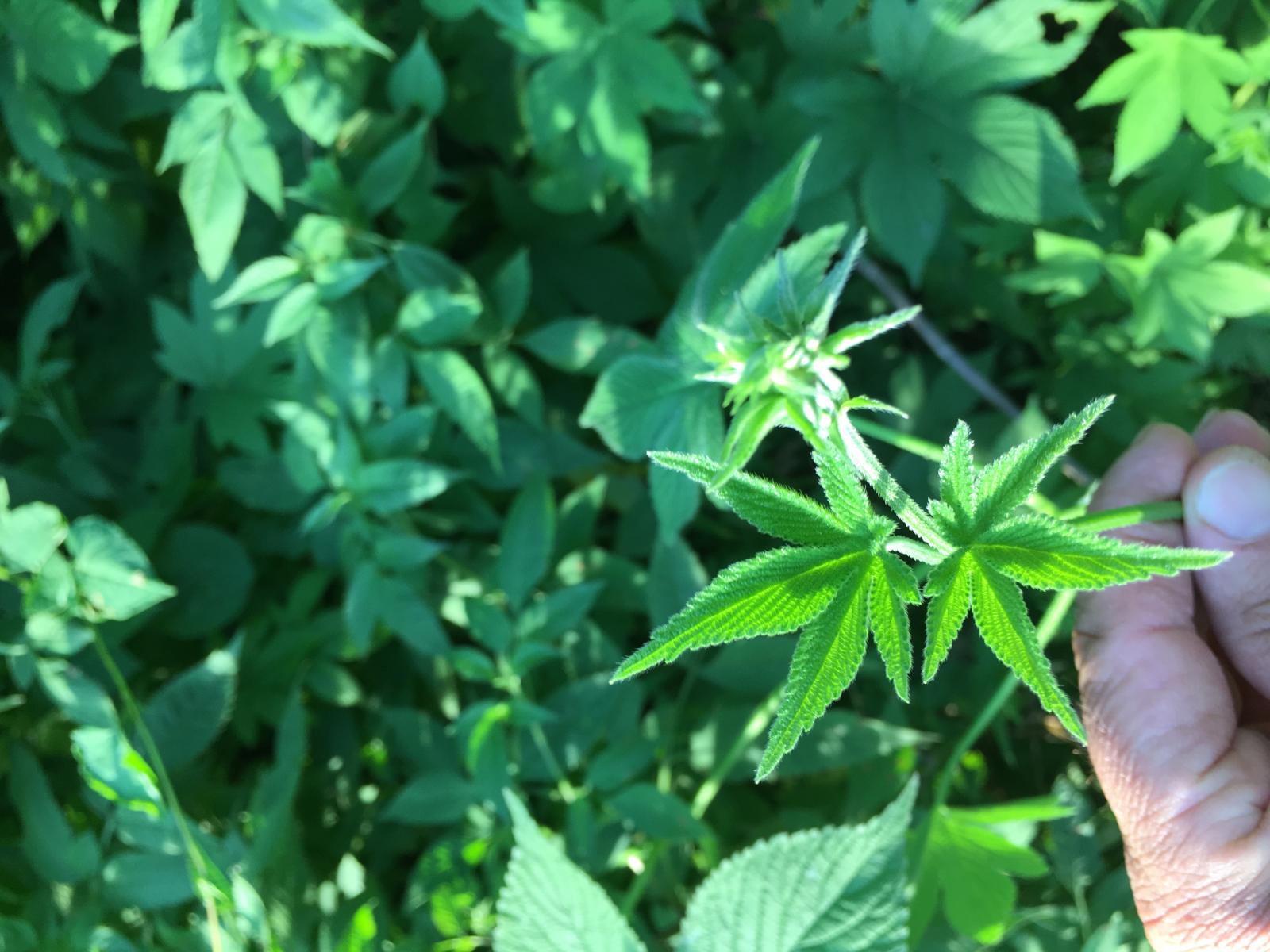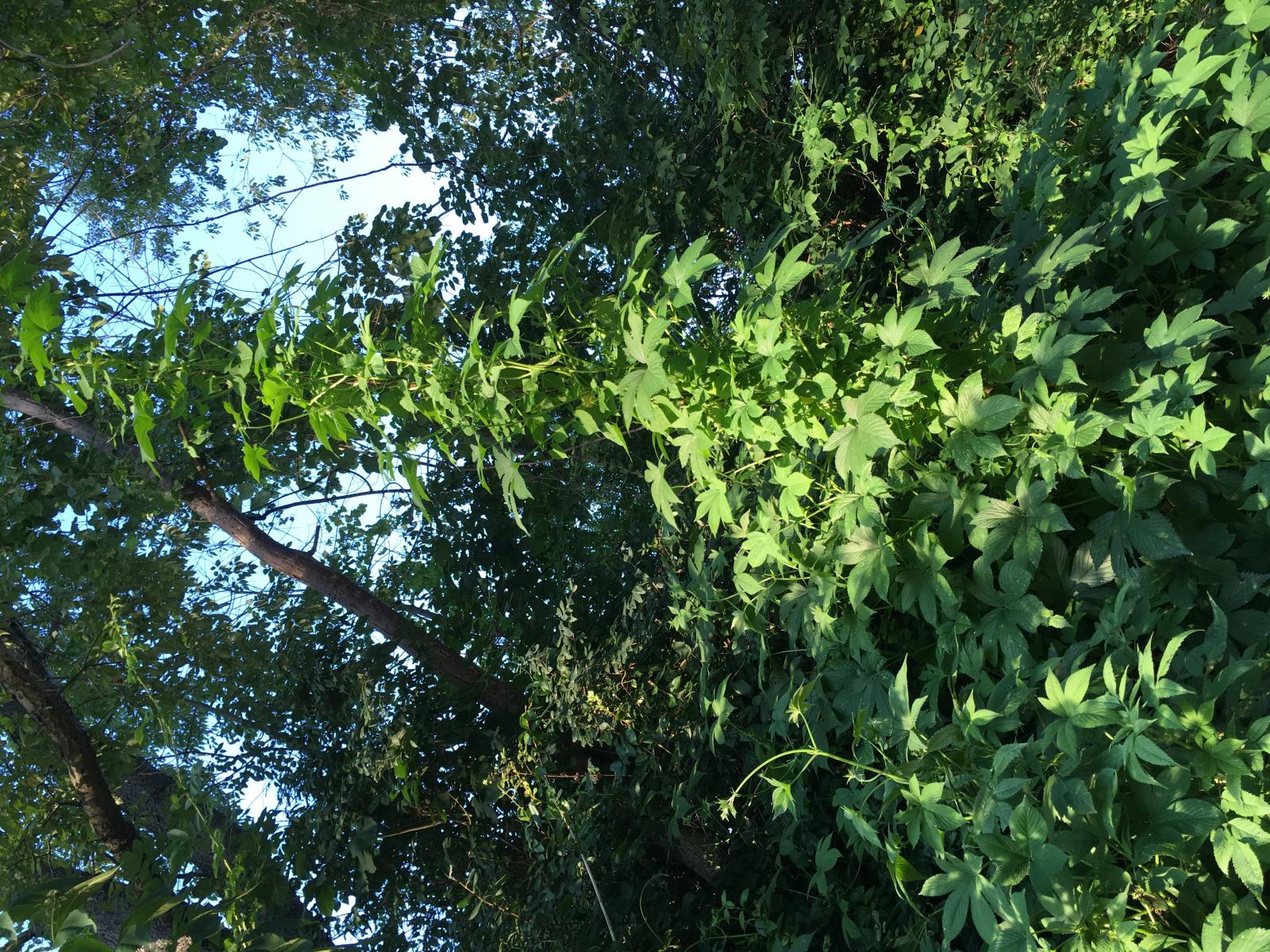Alexy
Member
Hi,
First time hop grower here.
I was checking my Saaz cones today and I think I have seeds inside them? Could you please have a look and confirm? I have no male plants in my neighbourhood but I've read that hop pollen can air travel for miles...
If these are seeds, are these cones useless?
View attachment ImageUploadedByHome Brew1504282907.666403.jpg
Thanks!
First time hop grower here.
I was checking my Saaz cones today and I think I have seeds inside them? Could you please have a look and confirm? I have no male plants in my neighbourhood but I've read that hop pollen can air travel for miles...
If these are seeds, are these cones useless?
View attachment ImageUploadedByHome Brew1504282907.666403.jpg
Thanks!








